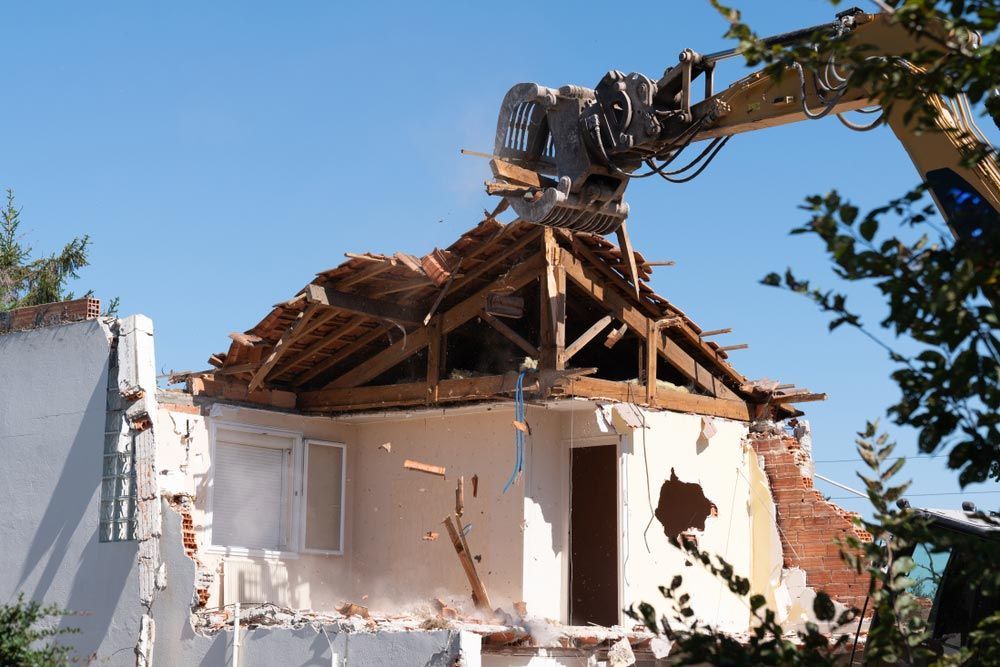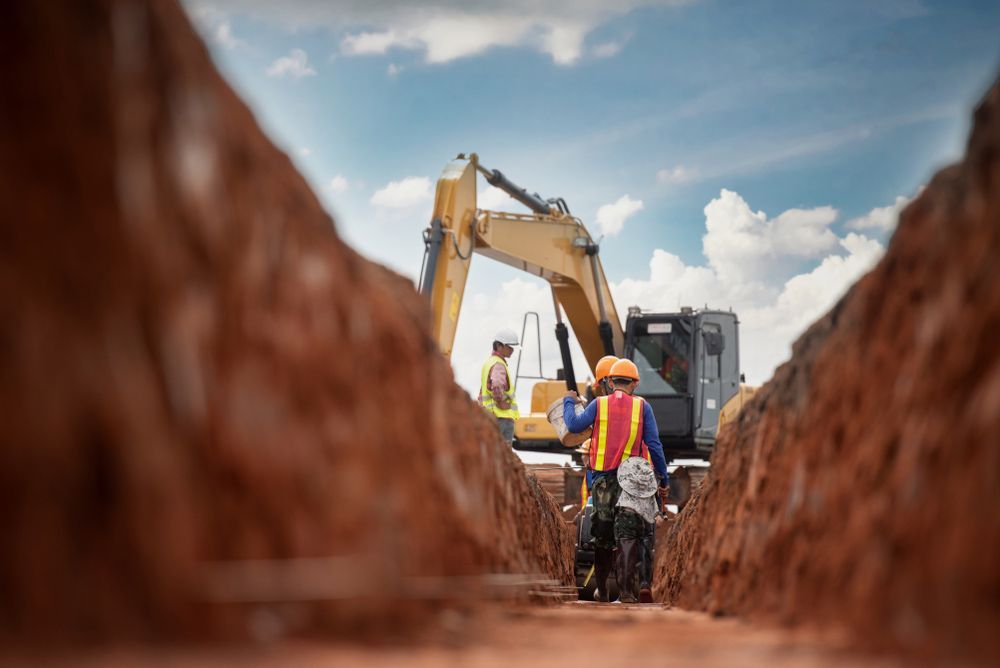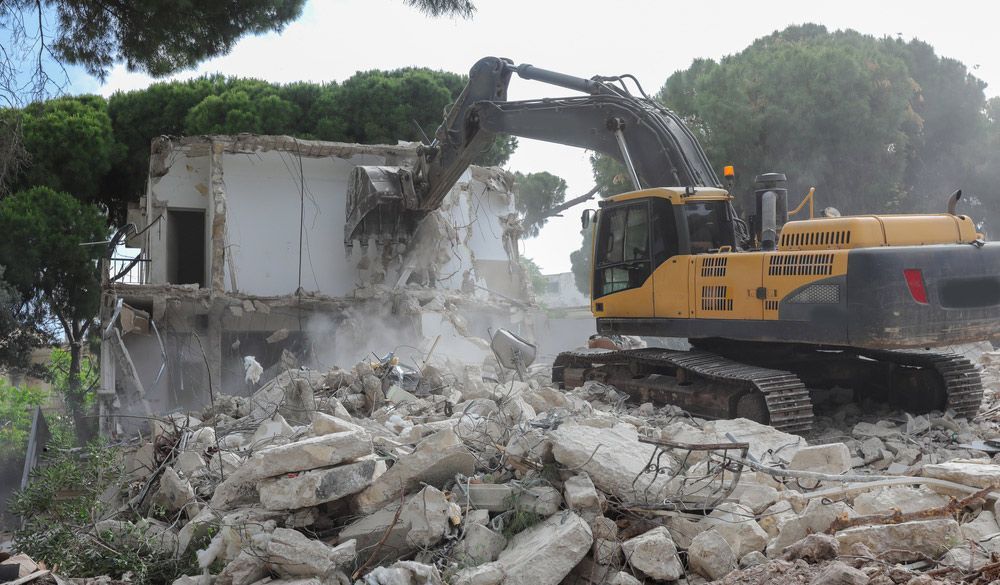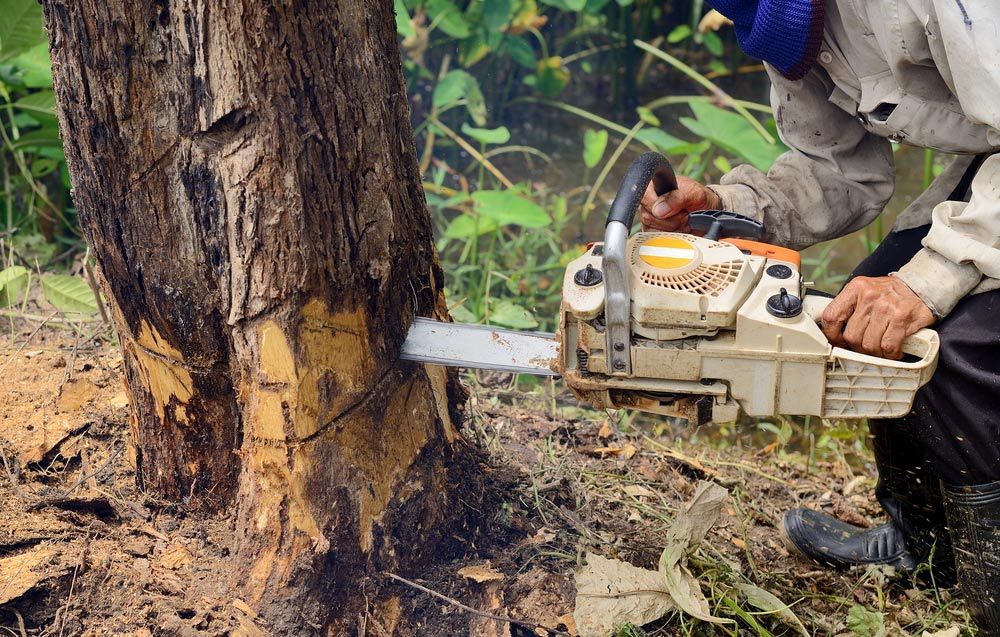Blog

What can be salvaged from a demolition?
Admin | February 15, 2023
Demolishing a building doesn’t have to be an entirely wasteful process. There is often a great deal of reusable material that can be salvaged from the demolition site, allowing it to be put to new use in other projects or even reused in its original form. Not only can this salvage process save you money on your own project, but it is also a great way to reduce waste and help the environment.
In this blog, we’ll look at some of the most common materials that can be salvaged from a demolition site. From furniture and fixtures to building materials, there are often a surprising number of items that can be removed from the site intact.
Reusable Building Materials
The most obvious source of reusable materials from a demolition site is the building materials. Depending on the structure being demolished, this can include everything from bricks and mortar to roofing shingles, siding and even plumbing fixtures. In some cases, these materials may be able to be reused in their original form without any modifications or repairs. In other cases, they may need a bit of work to be brought up to code for reuse in another project.
Reusable building materials can be used for a variety of projects. For example, they can often be repurposed into furniture or decorative pieces. Bricks, stones and other masonry may be reused in landscaping or construction projects. Reclaimed roofing shingles can even be made into unique siding for your home.
Precious Metals & Gemstones
In some cases, you may find precious metals or gemstones at a demolition site. Depending on the type of structure being demolished, there may be jewellery fixtures, coins, or even valuable artwork that can be salvaged and reused. These items should be carefully removed and handled with care to avoid causing any damage during removal.
Metals, such as copper or silver, can be melted down and reused to create new pieces. Gemstones may need to be cut and polished before they can be used in a project. Reclaimed jewellery fixtures and coins can also be used to make new pieces.
Structural Components
In some cases, the entire structure of a building may be salvageable. Significant structural components such as beams, joists and posts can often be removed from a demolition site and reused in another project. This is particularly useful for projects that require large amounts of lumber, as it can save a great deal of time and expense in sourcing new material.
Structural components from a demolition project can also be used to create unique works of art or furniture pieces. For example, a salvaged beam may be able to be turned into the base for a custom dining table or desk. The possibilities are truly endless when it comes to reusing structural components!
Appliances & Fixtures
Appliances and fixtures in good condition can also be salvaged from a demolition site. This includes everything from kitchen appliances to bathroom fixtures, light fixtures and even furnishings. Items such as these can often be reused without any modifications or repairs.
If you are looking for unique decor for your home, consider salvaging a vintage appliance or furniture piece from a demolition site. These items can often be found at a much lower cost than brand-new items and are perfect for creating one-of-a-kind looks.
Eco-Friendly Salvage Solutions
Finally, it’s important to remember that salvaging materials from a demolition site can also be an eco-friendly option. By reusing items that would otherwise be thrown away, you can help reduce waste and keep resources out of landfills. Reusing building materials is one of the best ways to ensure they are not wasted.
As you can see, a great deal can be salvaged from a demolition site. From building materials to furniture and fixtures, many items can be reused in their original form or repurposed into something new. At Boland Contracting, we are committed to helping our clients make the most of a demolition project by salvaging as much reusable material as possible. Contact Boland Contracting us today to learn more.
Get in touch for a competitive quote, call 0427 452 453 today.
> YOU MIGHT ALSO LIKE
Recent Posts
Locations We Service
Site Links
Locations We Service
What We Do
Trading Hours
- Monday
- -
- Tuesday
- -
- Wednesday
- -
- Thursday
- -
- Friday
- -
- Saturday
- -
- Sunday
- Closed
ABN 73 620 261 190
Allan Boland (Owner/Manager)
Ian Boland (Supervisor)
Administration Email



















